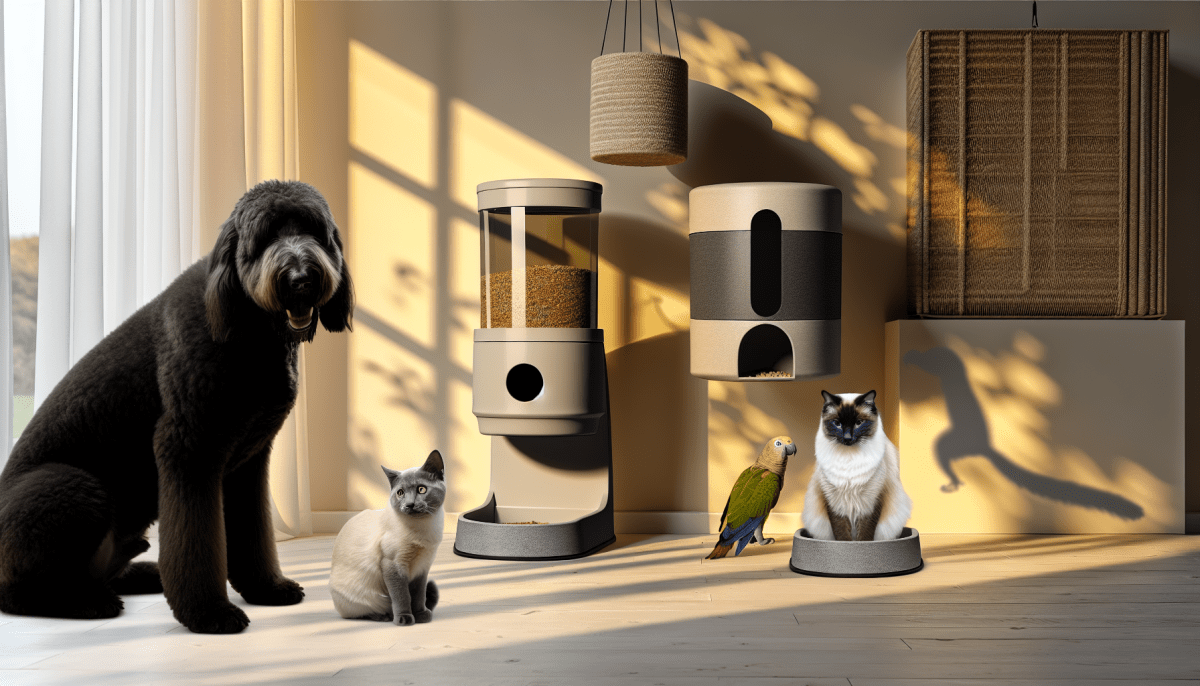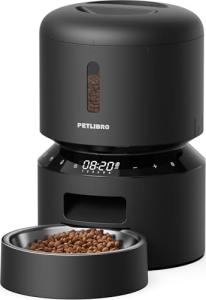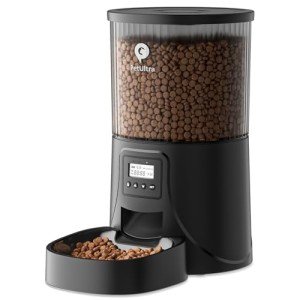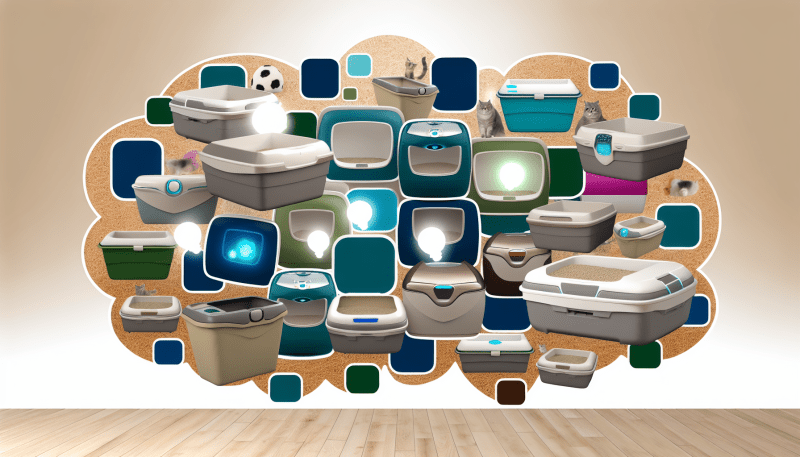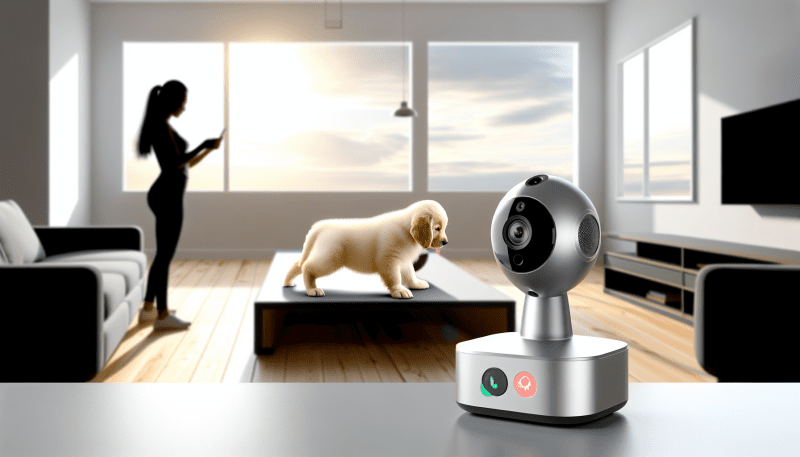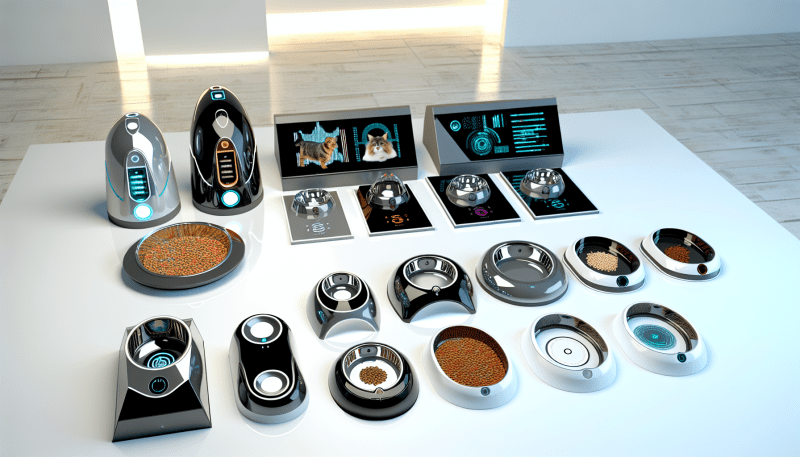Feeding time should be a stress-free experience for both you and your furry friend. If your pet is anxious during meals, it might be time to rethink their feeding setup. A calm environment can make a big difference, and there are plenty of ways to achieve that!
First off, choose a quiet spot for the feeder. Pets feel more secure when they can eat in a calm area without distractions. Consider placing the feeder away from loud noises or heavy foot traffic. You might be surprised at how much this simple change can help your pet settle down during meals.
Next, think about the feeder itself. Look for options that are sturdy and stable. A feeder that tips over easily can lead to messes and stress. Elevated feeders can also help, especially for larger breeds, as they make it easier to eat comfortably.
Don’t forget about portion control! Using a feeder with set portions can help establish a routine. This not only keeps your pet healthy but also gives them a sense of security, knowing when to expect their meals. Plus, it can make feeding time quicker and smoother, which is a win for everyone!
Lastly, consider adding a few comfort items to the feeding area. A cozy mat or blanket can help your pet feel more at home. Some pets even enjoy having a favorite toy nearby while they eat. These little touches can create a calming atmosphere, making meal times something they look forward to!
Choose the Right Feeder for Your Pet
Choosing the right feeder for your pet is super important! It can make mealtime more enjoyable and help keep your furry friend happy and healthy. Here are some things to consider when picking the perfect one.
Size Matters: Make sure the feeder is the right size for your pet. A smaller dog might need a different feeder than a big cat. Think about how much food or water they’ll need at each meal. If your pet is a big eater, look for larger bowls or dispensers that can hold enough for them!
Material Choices: Pet feeders come in various materials like plastic, stainless steel, and ceramic. Plastic is lightweight and easy to clean, while stainless steel is durable and often resists bacteria. Ceramic looks nice and can be quite stylish, but be careful, as it can break if dropped. Pick the material that fits your lifestyle and cleaning preferences!
Eating Style: How does your pet like to eat? Some pets prefer elevated feeders, which can help with digestion and make it easier for them to reach their food. Others might do better with slow-feed bowls that prevent them from gulping down their food too fast, which is especially good for dogs prone to bloat.
Automatic vs. Manual: Consider whether you want an automatic feeder or a manual one. Automatic feeders are great if you’re busy or often away from home, as they dispense food at set times. Manual feeders are perfect for a more hands-on approach. They let you control portion sizes and mealtime directly, which some pet owners prefer.
Tips for Transitioning to a New Feeder
Transitioning to a new feeder can be an exciting time for both you and your pet! But, it can also come with a few bumps along the way. Here are some friendly tips to help make the switch smooth and enjoyable.
1. Start Slow: Give your pet time to adjust. Place the new feeder next to the old one for a few days. This way, your furry friend can explore it at their own pace. Gradually move the old feeder away as they get more comfortable with the new one.
2. Make It Familiar: If your pet has a favorite bowl or mat, try placing those near the new feeder. This can help them feel more at home and less hesitant to approach it. You might even sprinkle a bit of their favorite food around the new feeder to entice them!
3. Be Patient: Every pet is different. Some might take to the new feeder right away, while others could take a bit longer. Keep a close eye on their behavior and be ready to encourage them gently. Positive reinforcement can go a long way—maybe give them a treat when they investigate the new feeder!
4. Keep It Clean: A clean feeder is a happy feeder! Make sure the new feeder is spotless before introducing it. This makes it visually appealing and can also prevent any health issues. Regular cleaning is key to keeping your pet interested in their new dining spot.
Cleaning and Maintenance Made Easy
When it comes to your pet's feeder, keeping it clean is key to ensuring they stay healthy and happy. Thankfully, cleaning and maintenance are super straightforward! Here are some tips to make it a breeze.
First off, check if your feeder is dishwasher safe. If it is, you're in luck! Just pop the parts in for a wash, and you’re done. If not, use warm soapy water and a soft sponge to scrub away any residue. Don't forget to rinse thoroughly – nobody wants soap lingering around their food!
Regular maintenance is just as important. Make it a habit to inspect the feeder for any wear or tear. Look for cracks or chips that might attract dirt or germs. If you notice anything odd, it might be time to replace that feeder. A good rule of thumb is to give it a thorough clean a couple of times a month, especially if your furry friend can be a bit messy during mealtime.
If you’re using an automatic feeder, check the battery or power source regularly to ensure it’s working properly. Keep the feeding areas tidy by wiping up any spills or crumbs right away to prevent pests from being tempted to visit. A clean feeding area keeps both your home and your pet happy!
